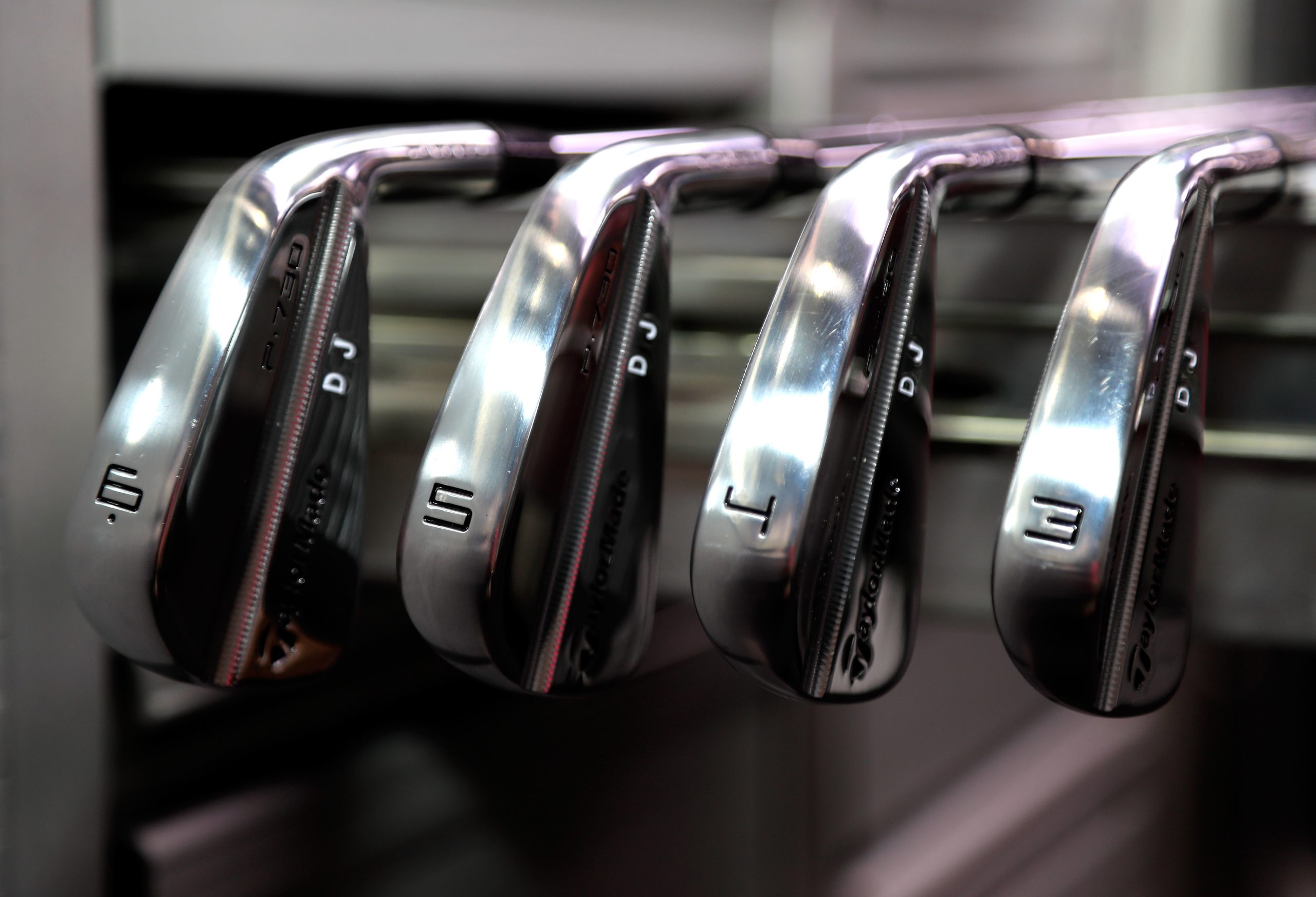Sign up for our daily newsletter
Latest news, reviews, analysis and opinion, plus unmissable deals for bunkered subscriptions, events, and our commercial partners.
What is centre of gravity (CG) in golf?
In a golf clubhead, the centre of gravity is worked out by balancing the head on its face, sole or any place on the head. The intersection of the head of all different balance points determines the CG.
The lower the CG and the further back it is from the face of the club, the higher the trajectory of the shot will be.
The closer the CG is to the shaft, the less tendency there will be for the golfer to push or fade the ball offline and the further the CG is from the shaft, the more tendency there will be for the golfer to push or fade the ball offline.
What is moment of inertia (MOI) in golf?
Moment of inertia (MOI) is a measurement of a club’s resistance to twisting. A
higher-MOI golf club will be more forgiving than a lower-MOI club because it twists less on off-centre strikes, meaning less loss of distance.
The way that manufacturers boost a club’s MOI is by playing with the weighting properties, as any object will increase in MOI when more of its weight is moved outward around the perimeter.

What is coefficient of restitution (COR) in golf?
Coefficient of Restitution (COR) is a technical term describing the energy transference between two objects. So, in golf, it’s the energy transferred between the golf club and golf ball at the point of impact.
COR is always expressed as a number between 0.000 (meaning all energy is lost in the collision) and 1.000 (which means a perfect collision in which all energy is transferred from one object to the other). The current COR limit in the Rules of Golf is 0.830. Any club over that mark is deemed non-conforming.
What is face angle?
Face angle refers to the position of a golf club’s clubface relative to the target line. It is measured in degrees and can often be found on manufacturers’ websites when they list specs of their clubs. It is also known as clubface angle.
What is launch angle?
Launch angle is the initial angle of ascent of the golf ball immediately after impact in degrees. A launch angle of, for example, 20 degrees means the ball is ascending at an angle of 20 degrees relative to the groundline of the surface from which it was struck.
Many factors affect launch angle, including swing speed, the angle of attack and clubface position at impact but the biggest factor is the loft of the golf club itself.

What is lie angle?
Picture the club properly on flat ground, with a straight line extending back from the heel of the club along the ground. Now imagine measuring the angle from that line up to the shaft. That’s the lie angle.
What is smash factor?
Smash factor is a measurement of a golfer’s ability to translate clubhead speed into ball speed with a given golf club, expressed as a ratio between ball speed and clubhead speed. In other words, smash factor equals ball speed divided by clubhead speed. And greater smash factor equals greater distance.
What is kickpoint in golf club shafts?
Kickpoint refers to that region of a golf shaft at which the shaft has the greatest amount of bend when the tip is pulled down. Kickpoint isn’t a singular point on a shaft, but more an area along the shaft’s length where it exhibits the most flexing when force is applied. It is also known as ‘flex point’ or ‘bend point’.
What does offset mean?
Offset is design feature in golf clubs that was first a feature specific to game-improvement clubs but is now found in most irons and many woods and hybrids. A club is set to have offset when the leading edge of the clubface is set back from the hosel or neck.
– – –
For more important golf club terms, click here.
ALL ABOUT THE MASTERS
More Reads

The bunkered Golf Course Guide - Scotland
Now, with bunkered, you can discover the golf courses Scotland has to offer. Trust us, you will not be disappointed.
Find Courses


